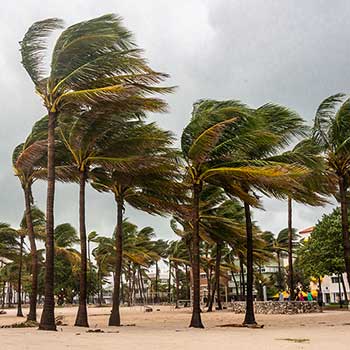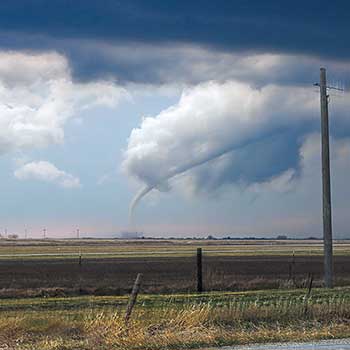The federal government is considering a measure that could raise flood insurance rates for hundreds of thousands of homeowners, including here in Florida.
Flood insurance generally covers damage that is specifically as the result of a flood, and that is sustained by your personal property and your home, albeit in different amounts. For example, flood insurance provided by the National Flood Insurance Program covers damage of up to $250,000 to your home, and up to $100,000 for personal property. Furthermore, the damage must be caused specifically by a flood that arises from overflowing inland or tidal waters, rapid accumulation or runoff of of surface waters from any source, or mudflow. To be sure, seepage that comes from sewer or drain backups is generally not covered under flood insurance.
Standard homeowner insurance policies don’t provide flood damage coverage. According to the Florida Office of Insurance Regulation, only 13 private companies currently offer private flood insurance that doesn’t piggyback on federal insurance policies. Nine companies also offer excess policies that provide coverage over the $250,000 structural limit under the federal flood insurance program.
The federal government established the National Flood Insurance Program (NFIP) in 1968 to fill the gap in flooding coverage. The program provides flood insurance, improves floodplain management and develops flood hazard zone maps. The program is managed by the Federal Emergency Management Agency (FEMA), which is part of the Department of Homeland Security. FEMA also coordinates the federal government’s relief efforts following natural disasters and other national emergencies.
Proposed Reforms to National Flood Insurance Program
The NFIP is running out of funds and has long been in need of reform. The Atlantic reports that there are numerous problems with the program, including:
- The NFIP pays out more in insurance claims than it takes in through premiums and surcharges.
- About 20 percent of properties pay premiums too low for the risk involved.
- Many flood-zone maps need to be updated and don’t adequately assess risk.
- It’s difficult for private insurers to enter the market.
(Also note that three states — Florida, Louisiana and Texas — account for more than half of the 5 million policies issued under the NFIP.)
The federal government has until September 30 to reauthorize the NFIP before the program lapses and people are unable to purchase flood insurance. But the proposed 21st Century Flood Reform Act would gradually raise premiums for certain policyholders.
A Wisconsin Republican, Rep. Sean Duffy, introduced the legislation to the House Financial Services Committee in June. The proposed reforms would affect homeowners with grandfathered rates — property owners whose rates are based on flood maps that existed when they purchased their homes. Under this proposal homeowners could be remapped into higher risk zones that come with higher insurance rates.
What Is a Flood Map?
A flood map shows flood risk zones and their boundaries. In other words, a flood map shows what areas are most at risk of flooding. For example, low-lying coastal areas are more at risk of flooding than higher-elevation areas. FEMA uses these maps to determine flood insurance rates.
The problem for homeowners with grandfathered flood insurance rates is that flooding risks change over time. Under Duffy’s proposal, if your community is more prone to flooding than it was when you purchased your home you should be paying a higher flood insurance premium.
Reach Out to Us Today for Help
In Florida, it is common to have water damage on a premise caused by wind-driven rain, a storm surge or flooding. How will the insurer handle interior water damage blamed on flooding? Can the presence of mold be linked to a covered event? Should mold be suspected following water intrusion, whether it is visible or not? The numerous questions that arise from flood damage provide grounds for dispute. If a dispute arises under your flood insurance policy, the Florida attorneys at the Insurance Litigation Group can help you with your dispute, so that you can receive the compensation that you are entitled to under your flood insurance policy. At Insurance Litigation Group, we take the time to analyze and interpret your flood policy and understand the full measure of damages available to you. We work with construction experts, restoration professionals and others to determine the facts and will fight aggressively on your behalf. Contact us today for a free consultation.
Resources:
theatlantic.com/politics/archive/2017/08/congress-flood-insurance/535731/
fema.gov/national-flood-insurance-program-flood-hazard-mapping#






